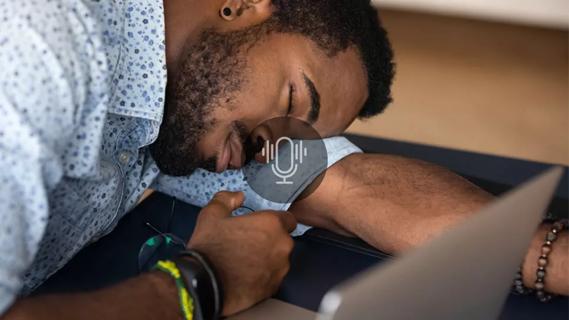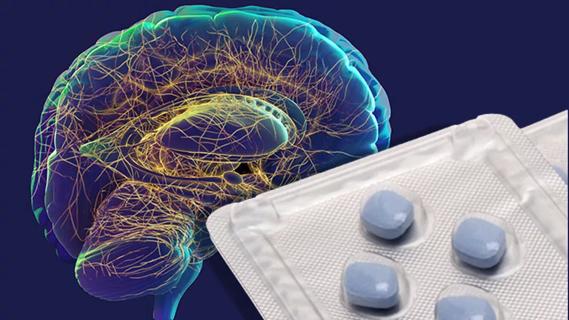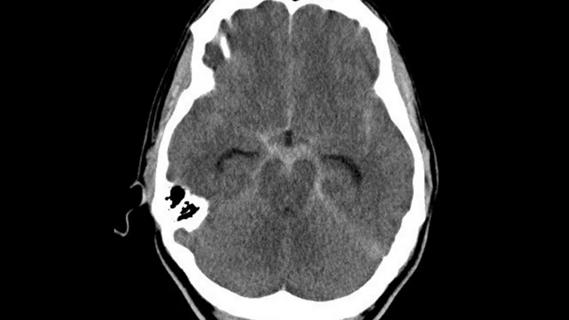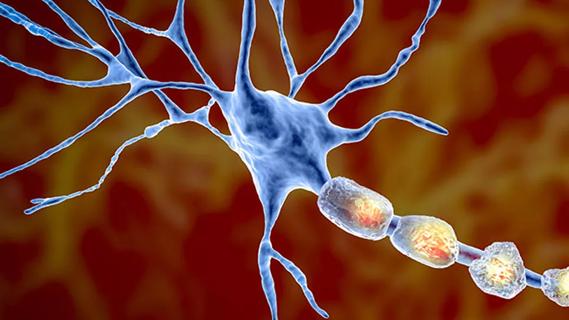Creating tools and protocols to reduce use, save lives

A woman who finds herself unexpectedly pregnant knows she has a substance abuse disorder. Where does she turn? Another woman who is pregnant refuses to admit she has a problem. Yet another woman is pregnant and finally feels she has the motivation to quit using opioids.
Advertisement
Cleveland Clinic is a non-profit academic medical center. Advertising on our site helps support our mission. We do not endorse non-Cleveland Clinic products or services. Policy
What happens when these women come to Cleveland Clinic?
For each of these scenarios, and many more, Cleveland Clinic’s OB Opiate Task Force is launching protocols and education and communication programs to help caregivers and patients manage the complicated path of opioid use in pregnancy. Caregivers will provide care and care coordination for women throughout their pregnancies and postpartum.
Consult QD talked with Rebecca Starck, MD, Ob/Gyn and President of Cleveland Clinic Avon Hospital, who co-manages the task force with colleague Trina Pagano, MD, obstetrician laborist at Cleveland Clinic Akron General.
What is Cleveland Clinic doing to manage opioid and drug issues in its OB practices?
Dr. Starck: We kicked off our OB Opioid Task Force about a year ago. It is a multidisciplinary, collaborative team that includes social workers, obstetricians, nurses, midwives, pediatricians, pharmacists, government relations staff and others – in all about 45 members from across the enterprise, and especially from our Ob hospitals (Cleveland Clinic Fairview, Cleveland Clinic Hillcrest and Cleveland Clinic Akron General).
We have four work streams underway; all work in tandem and meet and report regularly.
Our first work stream focuses on prenatal screening and care of pregnant patients with substance use disorders. The idea is to identify as early as possible those who are at risk or who are currently using drugs or alcohol or who have any substance use disorders. Our goal is to screen at least 90 percent of all patients at their first prenatal visit, and provide several additional screens throughout their pregnancy. Tools have been developed in Epic (the electronic medical record system), including online screening tools, order sets and reminders, to support providers.
Advertisement
For patients we identify who are using, we have collected and collated a list of outpatient treatment providers in the region, including medication-assisted treatment programs, who can help co-manage patients with us during the pregnancy.
We brought a buprenorphine waiver training course to Cleveland Clinic targeted for our OB providers along with other primary care physicians. We are not addiction specialists, but the idea is to educate OBs about risks to pregnancy and treatments that exist for addiction disorders. The program trains OBs to identify patients who are using or at risk for using so we can get patients the help they need.
That’s the first work stream.
What are other efforts are underway?
The second work stream is our inpatient management work stream for women who are in a treatment program or who arrive at the hospital and are actively withdrawing from opioids. We are in the process of creating Epic tools and order sets to follow our clinical guidelines for care of these patients. These tools will allow us to manage laboring and postpartum patients. They will also help us manage women who have been identified with a substance abuse disorder, even if they didn’t have prenatal care, prior to labor.
The third work steam is led by our anesthesia and pharmacy teams. They are investigating safe and effective pain management for labor and delivery and postpartum care, mainly for patients who are in treatment or who have been identified with substance abuse disorders when they arrive. Additionally we continue to work on appropriate opiate prescribing at discharge.
Advertisement
The fourth work stream is the neonatal piece. How we manage the baby suffering from withdrawal or neonatal abstinence syndrome (NAS_. We want to co-manage women during pregnancy and continue to guide them in the postpartum period.
Our goal in all of these efforts is to ensure a warm hand off, at all stages of pregnancy, to an addiction treatment provider so that the mother does not go back to the street or to using again.
We know that pregnant women are more motivated to have a healthy baby. And child protective services is less likely to remove a baby from a home if the mother can show she is complying with an addiction recovery program.
What about care for newborns?
NAS is a huge risk for newborns. Babies who arrive addicted with withdrawal symptoms do so much worse than other babies. For some mothers, as I mentioned, pregnancy can be the impetus to quit drugs. But for others, the grip is just too strong. We need to do everything we can to ensure they do not go back to using once they have their baby.
Cost is not an insignificant factor. In 2016, we had about 300 babies treated for NAS at two of our OB hospitals. That’s out of about 10,000 births.
On average across the country, normal newborn care costs $3,000 to $4,000. Care for each baby born with NAS costs about $60,000. Multiply that by 300 babies, and you realize what a huge financial burden this is for any healthcare system.
Your final takeaways for colleagues?
Addressing and resolving the problem of opioid use in pregnancy is a moral and ethical imperative for Ob/Gyns and for healthcare nationwide. We need to eliminate the stigma associated with individuals who suffer from substance use disorders and work toward preventing future addiction problems by raising awareness of the risks of opiate addiction and assuring we follow safe prescribing recommendations. Finally, caring for patients who are addicted in a nonjudgmental, compassionate manner will give them the best foundation for success.
Advertisement
Advertisement

Testing options and therapies are expanding for this poorly understood sleep disorder

Real-world claims data and tissue culture studies set the stage for randomized clinical testing

Digital subtraction angiography remains central to assessment of ‘benign’ PMSAH

Cleveland Clinic neuromuscular specialist shares insights on AI in his field and beyond

Findings challenge dogma that microglia are exclusively destructive regardless of location in brain

Neurology is especially well positioned for opportunities to enhance clinical care and medical training

New review distills insights from studies over the past decade

Guidance from an expert on distinguishing — and co-managing — the disorders